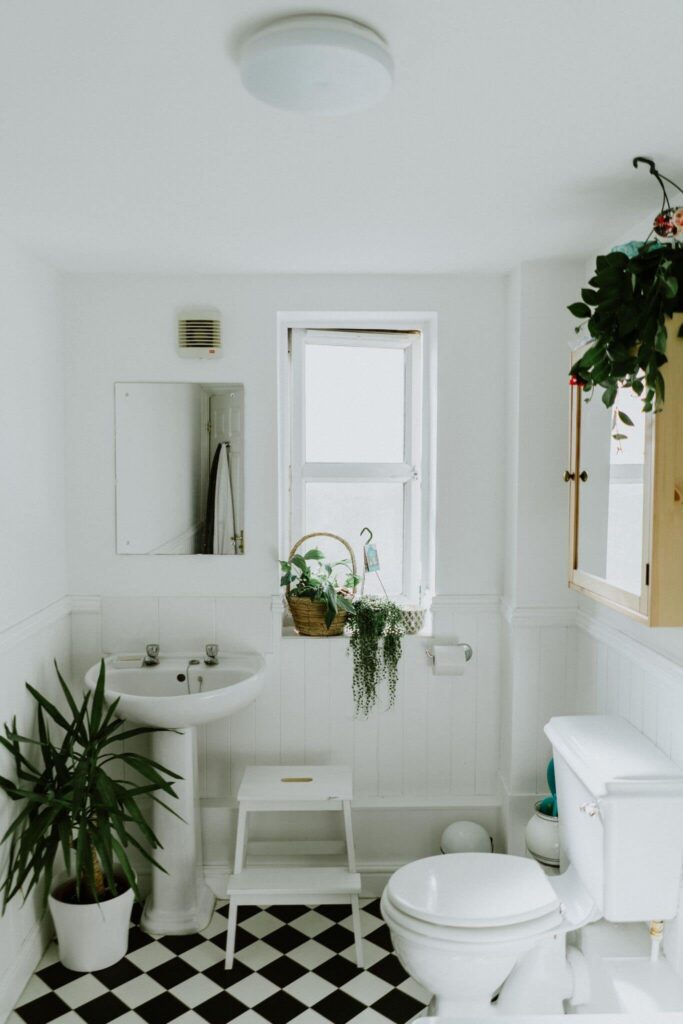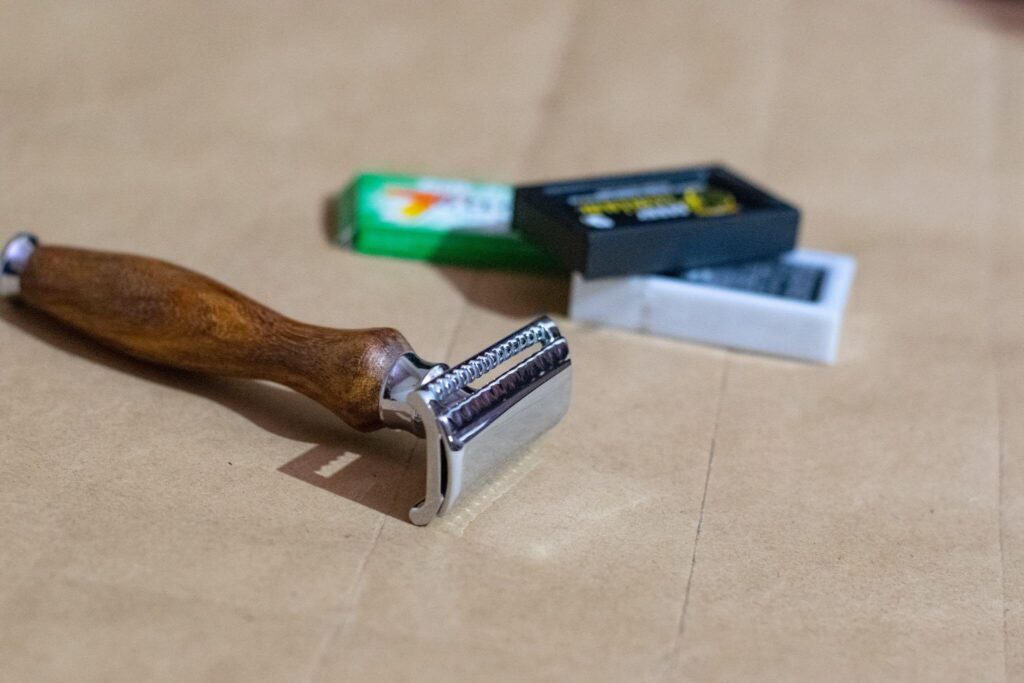
12 Ways to Create a Zero Waste Bathroom
We may not spend all our time in our bathrooms, but they are certainly essential in our daily lives. However, the bathroom can actually be one of the most unsustainable areas in our households. From plastic dental floss and razors to a profusion of chemical products, this space can be extremely wasteful and toxic to the environment.
Therefore, it’s most important to clean up in the room where you do most of your cleaning, and you’ll be surprised at how easy it is to transform your bathroom into a zero waste space.

Credit: Phil Hearing, Unsplash
Below are the best 12 ways to curate a zero waste and sustainable bathroom:
1. Toothpaste: Starting with the smaller items, toothpaste is on the top of our list. We all use toothpaste, but some brands contain ingredients that are toxic to our waterways, not to mention the plastic waste that ends up in the landfill. Instead of purchasing toothpaste from the convenient store, peruse what else is on offer. I recommend purchasing toothpaste that comes in reusable and refillable glass jars, or getting creative and making your own by following guides you can find on the internet!

Credit: The Humble, Unsplash
2. Toothbrush: From the paste to the brush, the tool we use to clean our teeth can also be deemed problematic. Most toothbrushes are made from plastic and have to be thrown away after a certain period of time. The solution: purchase a bamboo toothbrush! It lasts the same amount of time, but when you need to throw it away, you can do some knowing that the product itself is biodegradable and won’t harm the environment. Just remember to check up on the materials the bristles are made of!
3. Razor: Our shaving tools fall into the same category of the plastic toothbrush – they’re made from plastic, they’re not long-lasting, and they are disastrous to the environment. Next time you need a new razor, purchase a metal one. They last a lifetime and the material can be recycled in time. You will need to buy new blades, so be sure to research how to recycle blades in your country and follow the steps.

Credit: Hamid Roshaan, Unsplash
4. Dental Floss: This is a big one for such a small product, but dental floss is detrimental to the environment and wildlife. Being so thin and seemingly invisible, we often think the impact follows suit, but it’s exactly that which makes dental floss dangerous. Instead of purchasing the plastic form, why not opt for cotton? It’s just as thin and easy to manipulate as well as remaining eco-friendly.

Credit: Oana Cristina, Unsplash
5. Bottles: Shampoo, conditioner, face wash, body wash, you name it – they all come in large plastic bottles. Recycling these containers is better than throwing them away, but we can do better than that. You can purchase every single one of these products in bar form! This eliminates plastic entirely and tends to last longer than gel or liquid form, as well as containing limited to no chemicals or toxins, making them healthier for both the environment and you!

Credit: Fitnish Media, Unsplash
8. Menstrual Hygiene: People with periods, this one’s for you. Pads, liners, and tampons are all made up of microplastics, not to mention the hazardous and wasteful plastic packaging they all come in. Luckily, there are more and more sustainable products being introduced to the market. Before stocking up on supplies, research accessible menstrual products you can start purchasing instead, and more often than not, you’ll find that you’ll never need to purchase supplies again. These sustainable products include a reusable and washable pad and menstrual cup.

Credit: Oana Cristina, Unsplash
9. Washing pads: Whether you use cotton pads to wash your make-up off or apply cream, they can be extremely wasteful. Rather switch to reusable and washable make-up pads. This saves you money in the long run while protecting the environment.
10. Water: This is a well-known point but a significant one nonetheless – use less water! Take shorter showers, shallower baths, turn the tap off when washing hands, faces, or brushing teeth, and only flush when you have to. All of these actions seem small, but the impact is grand. Make it a habit and save our precious water resources!
11. Cleaning products: Bathrooms need cleaning, just like ourselves, but most cleaning products have hazardous ingredients. Instead of continuing this dangerous cycle, start purchasing non-toxic and non-chemical products. Another option is to make it yourself! There are many recipes for all natural and homemade cleaning products that are just as effective, cost-efficient, and safe for the environment – many of which contain ingredients you probably already have in the pantry.
12. Plastic Waste: As mentioned before, the bathroom is one of the most wasteful parts of our homes. If you have plastic bottles, razors, toothbrushes, and other plastic waste lying around, start recycling. Most of the plastic packaging that contains hygiene products are recyclable and widely accepted at centres.
If you’d like to learn more about recycling, read our ultimate recycling guide here.
Reference List:
- Kathryn Kellogg, 10 Surprising Ways to Have an Eco-Friendly Bathroom, Going Zero Waste, 2020
- Elizabeth Joy, 17 Best Zero Waste & Sustainable Products For An Eco-Friendly Bathroom, Conscious Life and Style, 2020




